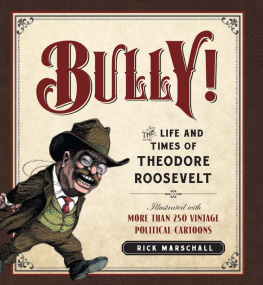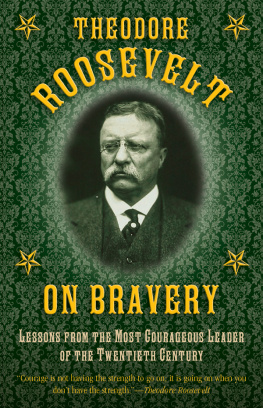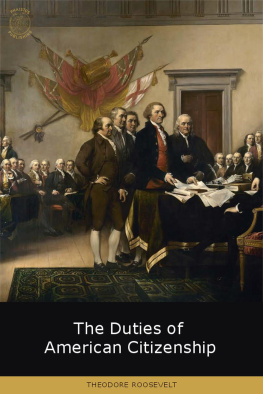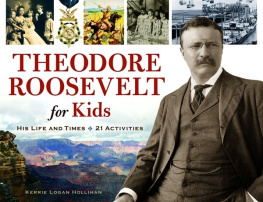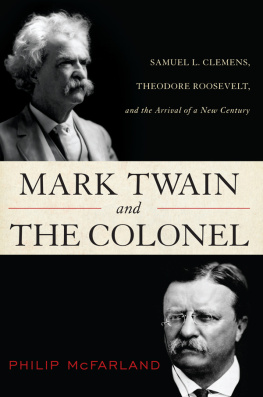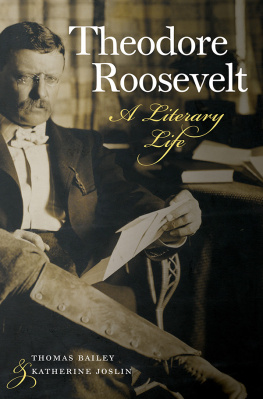
Copyright 2011 by Rick Marschall
All rights reserved. No part of this publication may be reproduced or transmitted in any form or by any means electronic or mechanical, including photocopy, recording, or any information storage and retrieval system now known or to be invented, without permission in writing from the publisher, except by a reviewer who wishes to quote brief passages in connection with a review written for inclusion in a magazine, newspaper, or broadcast.
Cataloging-in-Publication data on file with the Library of Congress
ISBN 978-1-59698-154-6
Published in the United States by
Regnery Publishing, Inc.
One Massachusetts Avenue, NW
Washington, DC 20001
www.regnery.com
Manufactured in the United States of America
10 9 8 7 6 5 4 3 2 1
Books are available in quantity for promotional or premium use. For information on discounts and terms write to Director of Special Sales, Regnery Publishing, Inc., One Massachusetts Avenue, NW, Washington, DC, 20001, or call 202-216-0600.
Distributed to the trade by:
Perseus Distribution
387 Park Avenue South
New York, NY 10016
Cartoon Restoration: Jon Barli, Rosebud Archives
Editorial Assistant: John Olsen
For my son
Ted Marshall
Qui plantavit curabit
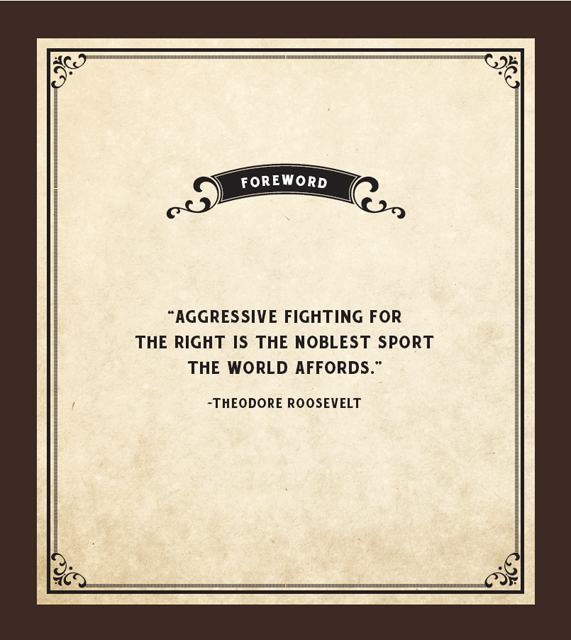

FOREWORD

T he life of Theodore Roosevelt (18581919) coincided with the most colorful period of American journalism. Between the Gilded Age of illustrated magazines and the advent of the hard-boiled city rooms of The Front Page was the era of colored political-cartoon magazines, yellow journalism, and the muckrakers. The cartoons in BULLY! are collected from those vibrant but now scarce and nearly forgotten pages. Cartoonists and reporters had no better subject during those years than Theodore Rooseveltnot even frontier expansion, wars, and innovations such as railroads, telephones, motion pictures, automobiles, and flying machines would compete.
America came of age during this era, with a growing leisure class that was able to indulge an appetite for politics, current affairs, and the arts in periodicals. Technology freed cartoonists from old-fashioned chalk-plates and wood-engravings, allowing them to reproduce pen drawings with all the glorious detail they could invest. Cartoonists captured the issues of the daywar and peace, economic crises, the growing divide between rich and poorbringing them more poignantly to the attention of readers to whom the editorial cartoon was truly worth a thousand words.
Theodore Roosevelt was the perfect subject for the cartoonists art. One is tempted to say that if TR, in all his distinctive glory, had not come along, American culture would have had to invent him. Presidents were boring before Theodore Roosevelt, and boring after him; life, as many said after he died, seemed emptier without him.
Cartoonists did not create Theodore Roosevelt, howevernot by any means. His life was a series of memorable phases: writing dozens of books and hundreds of magazine articles; living the life of a cowboy; fighting heroically on the battlefield; devoting himself to innumerable interests and physical pastimes; enjoying a vaunted circle of friends. All of this would make up TR's biography, even without the cartoonists.
Still, cartoonists of his day best conveyed his traits, keeping them alive for posterity. Press photography was still coming into its own during the period in which cartoonists drew the likenesses we know today. Movies and newsreels were new, but cartoonists told us how Roosevelt walked and ran and rode and gestured and laughed.
Theodore Roosevelt was perhaps the most caricatured presidentif not the most caricatured Americanin history. Here is the raw material cartoonists had to work with: TR was of average height, between 5'8" and 5'10". People noticed that he had rather small ears. He had sandy hair and was often brown as a nut from outdoor activities. An obsessive exerciser, Roosevelt was barrel-chested with a thick, muscular neck. He was comfortable, as a patrician, in silk vests, top hats, and pince-nez spectacles with a cord. But he fit just as well into riding clothes, boots, and wire-rimmed glasses. It is probable that he frequently displayed an assortment of cuts, blisters, and bruises; such was the occupational hazard of an inveterate hunter, hiker, sportsman, boxer, not to mention someone who romped crazily with his children for an hour every afternoon.
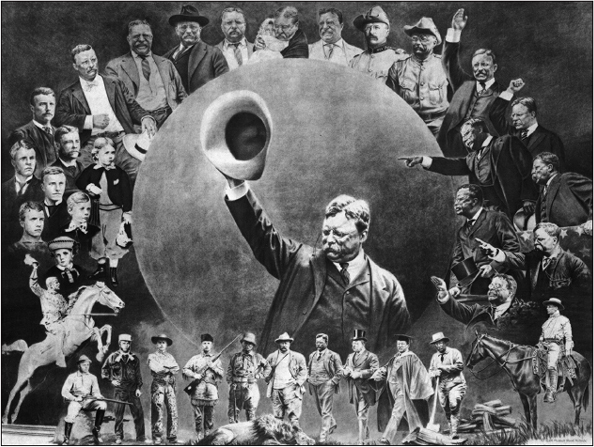
He spoke with great animation, chopping off his words as if each were a separate bite of meat. He clicked his teeth between words or sentences and elongated his s sounds. He spoke in a rich baritone flavored with an East Coast aristocrat's affected Harvard accent. But when emphasizing a point, or aiming for humor, he lapsed into a comical falsetto. TR laughed frequently, and likely had the best sense of humor of any president other than Lincoln. His military aide, Major Archie Butt, once confided in a letter to a relative that at a pompous funeral, he could scarcely keep a straight face through Roosevelt's whispered stream of sarcasms and humorous commentary. TR also relished humor at his own expense, one of many refutations against those who say he possessed a large ego.
He did not dislike many people, but he surely disliked things some people did, or things they stood for. When he was someone's opponent, they knew it. He could be withering in print to such folks, and no less to their faces.
He was a proponent of many new things in a new age; but in terms of morality, manners, and traditions, he was a Victorianalmost a prude, and blue-nosed. He favored women's suffrage before most politicians (and before his wife did), but maintained, as a traditionalist, that equality of rights should not be confused with equality of function in society. He hated to be called Teddy, and said that anyone who used the nickname did not know him and did not respect his wishes. We respect his wishes in this biography.
For other descriptions of the physical Rooseveltmore of what the cartoonists had to work withI present some passages from William Bayard Hale's series of articles for The New York Times in 1908. For A Week in the White House, the writer was allowed an unfettered presence in all meetings and activities, and his observations provide a thorough description of the man.
Imagine [him] at the desk sometimes, on the divan sometimes, sometimes in a chair in the farthest corner of the Cabinet room, more often on his feetit may be anywhere within the four wallsthe muscular, massive figure of Mr. Roosevelt. You know his featuresthe close-clipped brachycephalous head, close-clipped mustache, pince-nez, square and terribly rigid jaw.
Hair and moustache indeterminate in color; eyes a clear blue; cheeks and neck ruddy. He is in a frock-coat, a low collar with a four-in-hand, a light waistcoat, and grey striped trousersnot that you would ever notice all that unless you pulled yourself away from his face and looked with deliberate purpose. Remember that he is almost constantly in action, speaking earnestly and with great animation; that he gestures freely, and that his whole face is always in play. For he talks with his whole beingmouth, eyes, forehead, cheeks, and neck all taking their mobile parts

